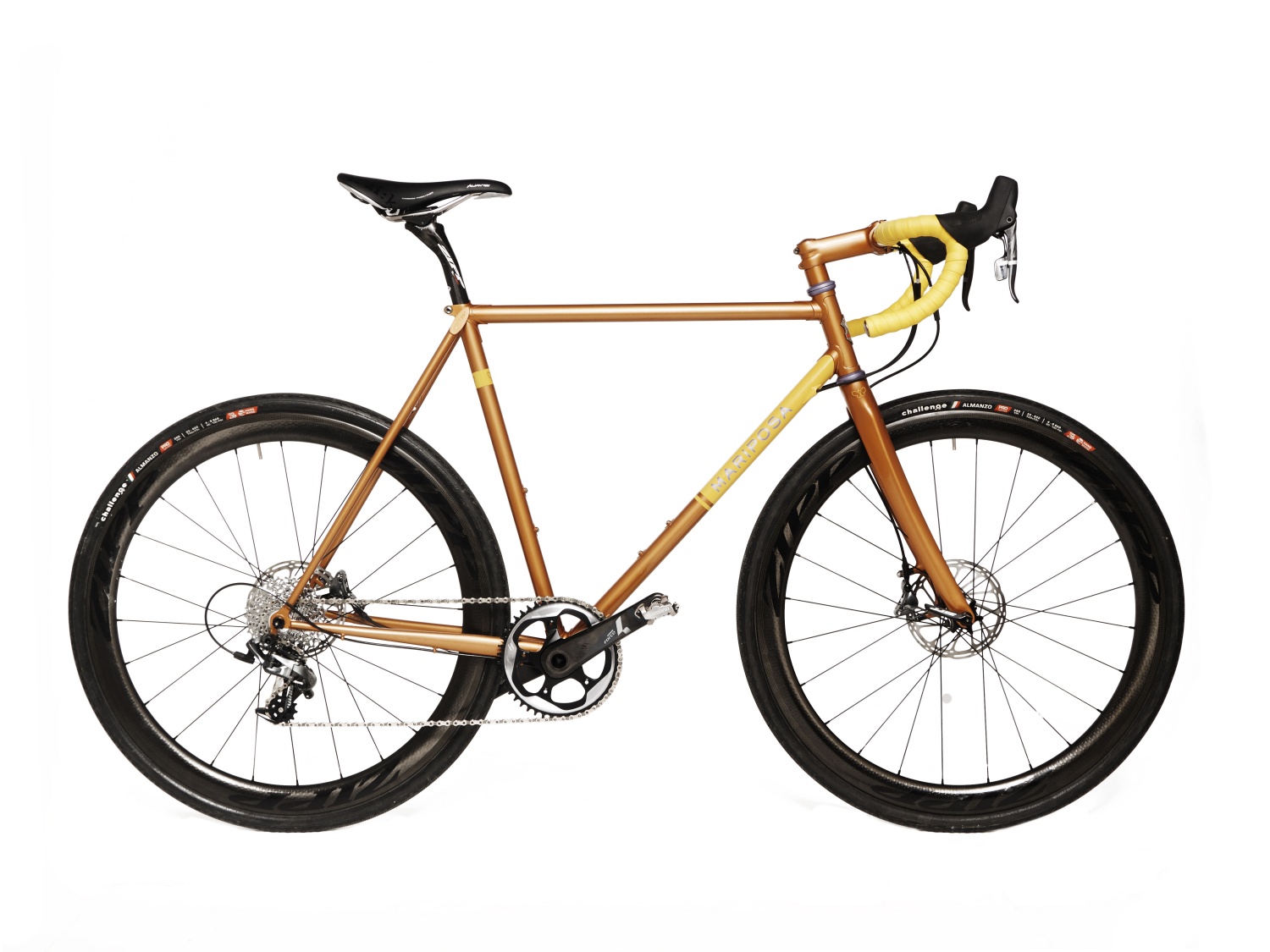
Rough stuff in the French Alps, 1984
By Mike Barry Sr.
Photos by Ian Austen and Walter Lai
Since I was a young boy living in London, England, cycling has been about the adventure. I still ride to discover the city, the countryside, test my physical limits and find mental clarity. I ride to have fun alone or with a group of friends. I’ve spent a good chunk of my life on a bike, riding to and from work, racing, touring, and training.
My early years of cycling included many miles of ‘rough stuff’. Group rides, particularly in the winter, where we would explore tracks through the Surrey and Kent countryside many of which included very steep sections that required shouldering the bike. Today’s low gears were unheard of.
Perhaps it was those years of rough stuff in the UK that got me keen to ride the vast network of dirt and gravel roads in southern Ontario. The majority of cyclists who prefer the heavily trafficked paved roads shun the gravel. The gravel roads are mostly traffic free. One can ride in areas close to Toronto and rarely see a motor vehicle. Give me gravel over traffic any day.
One doesn’t have to go to exotic places to enjoy rough stuff. There are many tracks and trails that can be explored, very often not too far from home.
The Rough Stuff Fellowship (RSF) is an organization formed in the UK to cater to those cyclists keen to ride the many unpaved footpaths and ‘bridle paths’ in the British countryside. When the group was formed in 1955, mountain bikes were unheard of. Members would use their road or touring bikes equipped with mudguards and saddlebags.
I joined the RSF back in the fifties and received their monthly newsletter, which introduced me to some of the real rough stuff in the Lake and Peak districts in the North of England and some tough areas in Wales. What great adventures they were.
The RSF keeps an archive of epic routes in many countries around the World posted by members
One particular trip I remember was over the Stake Pass, a formidable crossing of the Cumbrian Mountains in the Lake District. I was seventeen years old and in those days the pass was marked only by a path worn by hikers and piles of rocks at strategic points. It was mostly impossible to ride. The loaded touring bikes were pushed and carried to the summit. The view was spectacular and the descent looked rideable. I got on the bike only to find that the freewheel was “freewheeling’ both ways. The prospect of freewheeling down the mountain and then pushing the bike the twenty miles to our booked B&B wasn’t too appealing and colleague Ron didn’t like the idea of pushing me.
I had dismantled a few Regina freewheels in the past and knew that the pawl springs could be replaced with strands of brake cable inner wire. I spread my cape out on the ground, lay my rear wheel on it and with a screwdriver and a large rock as a hammer, dismantled the freewheel. Of course the sixty 1/8” ball bearings all fell out but were caught by the outspread cape. I was able to cut a strand of inner wire from the brake cable and make two new pawl springs. Ron’s Lip Salve came in handy to hold all the balls in place for reassembly and the rock and screwdriver tightened everything up again. We made the B&B in good time and the freewheel gave years of good service with no further maintenance.
Later I explored some rough stuff crossings of passes in the French Alps, following dotted lines on the Michelin maps that indicated unpaved roads. These were true adventures as we were unsure if it was possible to get through. Although we had to cross small rivers we always managed to eventually get back onto a paved road without retracing our route. It was often a challenge but that is what makes it an adventure.
Today’s RSF web site shows that most members now use mountain bikes but I think that the ideal rough stuff bike is a “gravel bike”. Gravel bikes have become very popular recently along with the great increase of interest in cyclo-cross. Cross and gravel bikes make great all-round bikes. Bikes that you can use on rough terrain but are still efficient on paved roads. If you want one bike that will do everything get a gravel/cross bike but make sure it has eyelets for mudguards and carrier.
Looking back on my almost 70 years of cycling the fondest memories, and some of the best rides I did were not those where accolades, kisses and flowers were given after crossing a finish line or when I had achieved something notable but the rides that took me on an adventure through fields, over mountain passes and through countryside I had never before seen and few cyclists had ridden. I hope that our culture, which has become obsessed with numbers, devices, data and virtual adventures, won’t forget to press on when the road looks rough, because that’s where the best rides begin.
